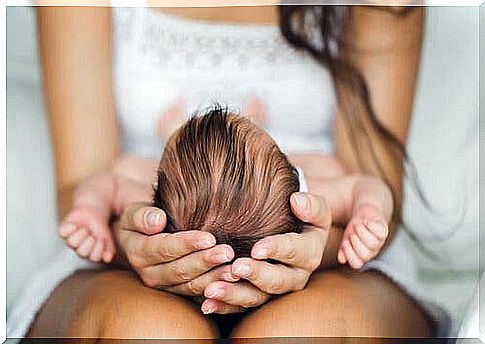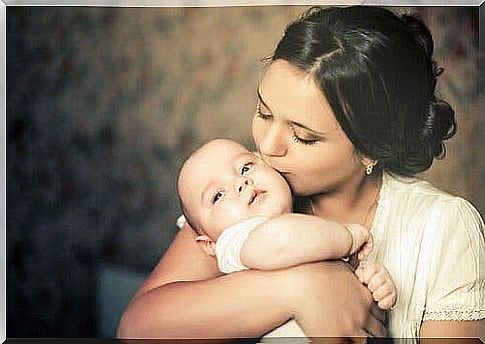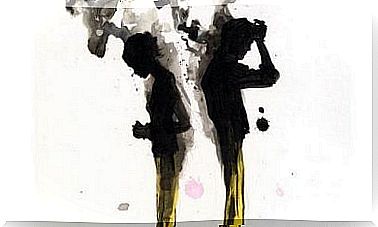The Different Phases Of Attachment

Attachment is a survival mechanism. Some writers even refer to this emotional bond as our “psychic immune system.” Read about the different phases of attachment.
Although many theories define and explain affiliation, the most important and most referential is that of John Bowlby. According to this psychiatrist and psychoanalyst, children are biologically programmed to attach to others in order to survive. For this reason, he believed that all behaviors related to the creation and maintenance of bonds are instinctive.
On the other hand, it is important to remember that the bond between parents and children does not disappear as time goes on. In fact, it affects us for the rest of our lives in every relationship we build. Therefore, it is important to develop a connection based on trust and protection.
The phases of attachment
Bowly’s evolutionary model considers four stages of attachment, which are particularly noticeable in mother-child relationships. But a connection can be established between any primary caregiver and the child they care for.
Below we will explain how the establishment of this emotional bond develops from Bowlby’s perspective.

1. The phases of attachment: Pre-attachment
The first stage occurs during the first six weeks of a child’s life, when they accept any person who offers them comfort. This means that babies do not show preferences for anyone in particular.
At this stage , the baby’s repertoire of innate behaviors helps them to attract the attention of the protectors. In addition, the baby responds to external stimuli and seeks to provoke physical contact.
At this time, the baby’s recognition of the mother is quite basic and they still do not show a strong bond.
Initial affiliation
From six weeks and upwards, until they are eight months old, the baby feels anxious if they are separated from other people. However, they do not notice the lack of a mother in particular or reject strangers.
During this phase, they do not yet show a particular preference for one of the parents, although they get angry at not being near adults.
3. The phases of affiliation: The affiliation phase
From six to eight months, until the age of two, the attachment phase manifests itself. Now the baby feels angry when they are separated from their mother and may even become anxious about it.
During the separation, it is normal for the child to physically reject other people because they pose a threat. In other words, their actions aim to attract their mother figure, and require her presence.

4. Mutual relationships
After the age of two, the fourth and final phase of attachment begins: the phase of mutual relations. During this phase, the child understands that the mother’s absence is not permanent. Thus, they are better able to cope with their own anxiety and even calm themselves down.
In addition, the child is now able to develop mental images of his mother and understand them. Thus , they can now predict when she will return because they now understand how people go and come back, and will cry much less in her absence.
After a child overcomes all these phases of attachment, they can form a solid relationship with their parents. At this point, constant physical contact is no longer necessary. This is because the child knows that even if there is no physical contact, their caregiver will always be there when they need them.









